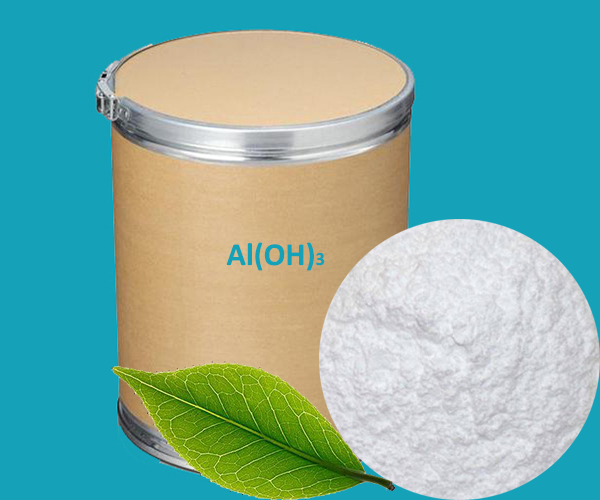Aluminum Hydroxide, often recognized by its chemical formula Al(OH)3, is a naturally occurring mineral known for its antacid properties. This white, crystalline substance also goes by the names of gibbsite, hydrargillite, or simply alumina hydrate. It falls under the category of inorganic compounds and is derived from aluminum, one of the most abundant elements on Earth.
Aluminium hydroxide is also called Aluminic acid or Aluminic hydroxide or Aluminium (III) hydroxide. It is found in nature in the form of mineral gibbsite and its polymorphs viz doyleite, nordstrandite, and bayerite. Aluminic hydroxide is an amorphous powder white. It is insoluble in water but soluble in alkaline and acidic solutions.
Properties of Aluminum Hydroxide
Chemical Formula : Al(OH)3
Molecular Weight : 78.00 g/mol
Density : 2.40 g/cm³
Flashpoint : Non-flammable
Melting Point : 300 °C
Uses of Aluminium Hydroxide
Aluminium hydroxide is used as a flame retardant in plastics.
Used as an antacid.
Used in aluminium Hydroxide gel.
Used to manufacture activated alumina.
Used as a filler in cosmetics.
Used as a chemical intermediate.
Used as a soft abrasive for plastics.
Used in glass additive to increase resistance to thermal shock.
Used in waterproofing fabrics.
Used in the manufacturing of glass.
 English
English Español
Español Português
Português Français
Français Deutsch
Deutsch Русский
Русский 中文
中文 日本語
日本語
